80-82 Cao Duc Lan, District 2, HCMC, Vietnam
+84 76 865 6688
info@beetech.com.vn
+84 76 865 6688
About us
Contact us
80-82 Cao Duc Lan, District 2, HCMC, Vietnam
+84 76 865 6688
info@beetech.com.vn
+84 76 865 6688
About us
Contact us

What is a barcode? Applications, benefits and solutions for barcode management in businesses
In today’s digital transformation era, the need for fast, accurate, and transparent management of goods, assets, and operational processes has become a top priority for all businesses. In this context, barcode technology has emerged as a simple yet effective solution that enables organizations to manage data efficiently, minimize manual errors, and enhance operational productivity.
Although barcodes have been around since the 1970s, they still play a crucial role in supply chains, logistics, retail, healthcare, and manufacturing, and are increasingly integrated with modern management software such as ERP, WMS, and POS.
So, what exactly is a barcode? Why is it so important? And what benefits can businesses gain from adopting barcode technology? Let’s explore in detail with Beetech.
![]()
What Is a Barcode? How It Works
A barcode is a series of black-and-white lines and spaces encoded to represent information such as product codes, batch numbers, manufacturing dates, or other identifiers. This data is read by a barcode scanner and transferred to a management system for quick and accurate processing.
How barcodes work:
A scanner emits a beam of light (usually laser or LED) onto the barcode.
The reflected light differs between black bars and white spaces, generating electrical signals.
These signals are decoded into digital data and sent to systems such as POS, WMS, or ERP.
Example:
A product in a supermarket carries an EAN-13 barcode (13 digits). When scanned at checkout, the system instantly displays the product’s name, price, stock level, and logs the transaction in the database.
Advantages over manual entry:
Processing speed is up to 10 times faster
Near-zero error rate
No dependence on user input accuracy
Depending on usage and data storage requirements, barcodes are divided into two main categories: 1D (one-dimensional) and 2D (two-dimensional). Each type has unique characteristics and applications.
1D Barcodes (One-Dimensional):
These are traditional barcodes with parallel black and white lines, often used to store numeric or alphanumeric strings.
EAN-13: Common in retail and consumer goods.
UPC-A: Widely used in North America.
Code 128: Used in logistics and shipping, holds more data.
ITF-14: Applied to packaging and pallets in bulk logistics.
2D Barcodes (Two-Dimensional):
Can store significantly more data, including letters, special characters, URLs, and even images or encrypted data.
QR Code: Popular in marketing, payments, and product traceability.
Data Matrix: Ideal for healthcare and electronics due to small size and high precision.
PDF417: Used in ID cards, boarding passes, and driver’s licenses.
Choosing the correct barcode type helps optimize scanning accuracy, durability, and system security based on industry needs.
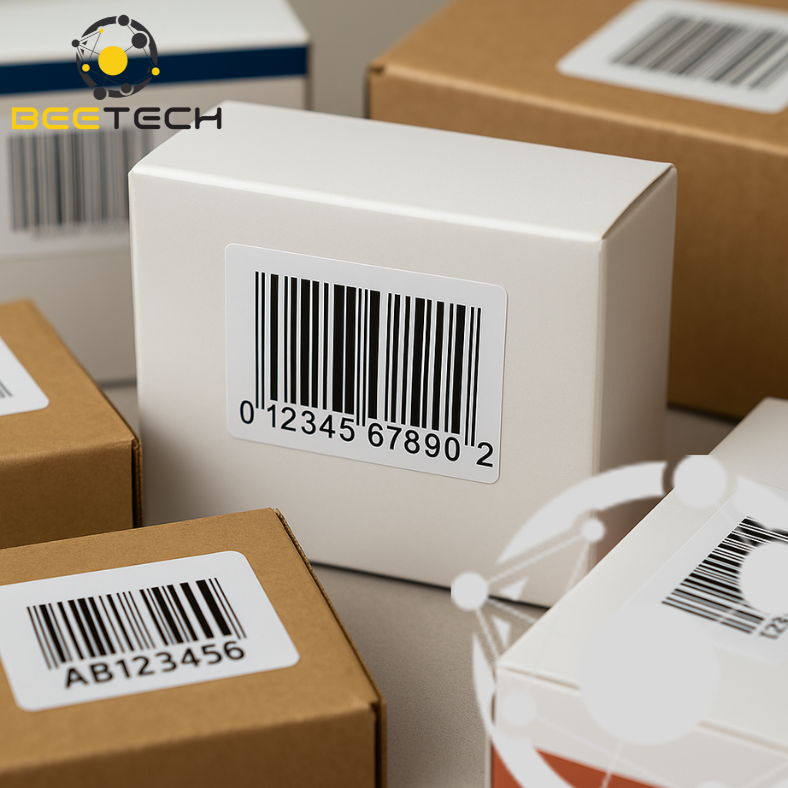
To successfully implement a barcode-based management system, businesses need to invest in both hardware and software. Key components include:
Barcode Scanners:
Devices that read barcodes and transmit data into the system. Available in many types:
1D or 2D scanners
Handheld, fixed-mount, or wireless models
Technologies include laser, CCD, or image-based scanners
Barcode Printers:
Used to print barcode labels on paper, plastic cards, or specialized materials. Two common printing methods:
Direct Thermal: For short-term use, no ribbon needed
Thermal Transfer: More durable, ideal for manufacturing or cold storage
Printing Supplies:
Includes barcode labels, thermal ribbons (for thermal transfer printing), and materials suitable for specific environments.
Barcode Management Software:
Warehouse Management Systems (WMS), ERP systems, and POS platforms often integrate barcode capabilities to streamline inventory and sales processes.
Businesses can also use professional or free barcode design software such as Bartender or NiceLabel to create and print custom labels.
Implementing barcodes provides various tangible benefits, including operational efficiency, cost savings, and improved transparency.
Accelerated Data Processing:
Barcode scanning is significantly faster than manual data entry, reducing bottlenecks in workflows.
Minimized Human Error:
Each barcode uniquely identifies an item, helping prevent product mix-ups, especially in large-scale warehouses.
Traceability and History Tracking:
Barcodes help log product origin, manufacturing dates, movement history, and operator activity, enabling effective auditing and incident investigation.
Cost Savings:
Automation reduces labor needs for stocktaking and order fulfillment, lowers errors, and prevents losses.
Enhanced Professionalism and Transparency:
Barcode systems help businesses deliver better service, gain partner trust, and improve internal management standards.
Retail:
Barcodes are used to label products, manage stock levels, support checkout operations, and track sales. Supermarkets, pharmacies, and convenience stores rely heavily on barcode scanning at the register.
Manufacturing:
Barcodes track raw materials, monitor production stages, and classify products by batch or internal codes. Integration with MES systems enables real-time production tracking.
Logistics & Warehousing:
Barcodes facilitate inventory location management, product movement, and automated inbound/outbound processes. They significantly reduce errors and product losses.
Healthcare:
Used to label medications, patient records, samples, and equipment to ensure accurate treatment and traceability.
Education & Libraries:
Barcodes are used to manage books, students, and equipment loans efficiently and accurately.
Beetech is a leading provider of barcode equipment and integrated solutions in Vietnam, serving diverse industries with proven expertise.
Beetech’s services include:
Consulting and on-site assessment tailored to business needs
Supplying genuine barcode scanners, printers, labels, and consumables
Deploying and integrating barcode management software
Training staff and offering long-term technical support
Customizing solutions for specific operational models
Beetech is committed to supporting businesses in building flexible, efficient, and cost-effective management systems.
Barcodes are a simple yet powerful tool that plays an essential role in improving management efficiency, reducing costs, and boosting professionalism across all sectors. With continued integration into modern technology and software, barcode systems are no longer optional—they are an indispensable foundation for smart enterprises.
Looking for a barcode management solution tailored to your industry?
Let Beetech help you build a complete barcode system—from hardware to software—with results that exceed expectations.
Contact Beetech today for a free consultation and live demo.
Beetech – Complete barcode solutions for the modern enterprise.
🌐 Website: www.beetech.com.vn
📩 Email: info@beetech.com.vn

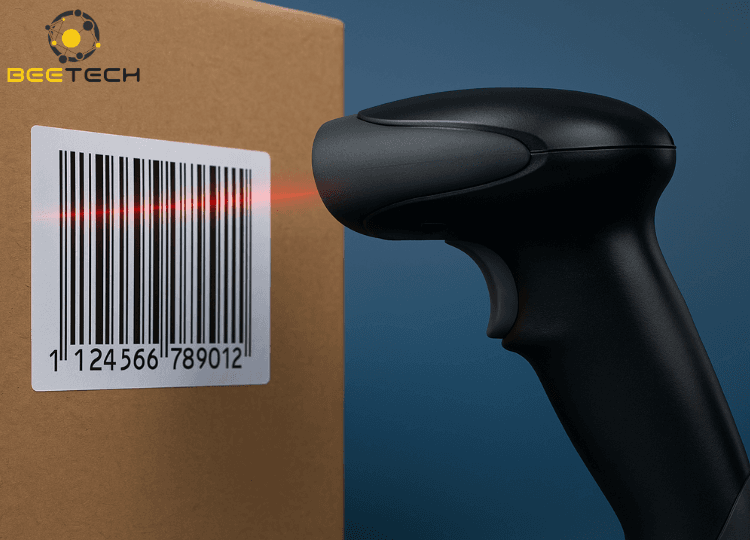
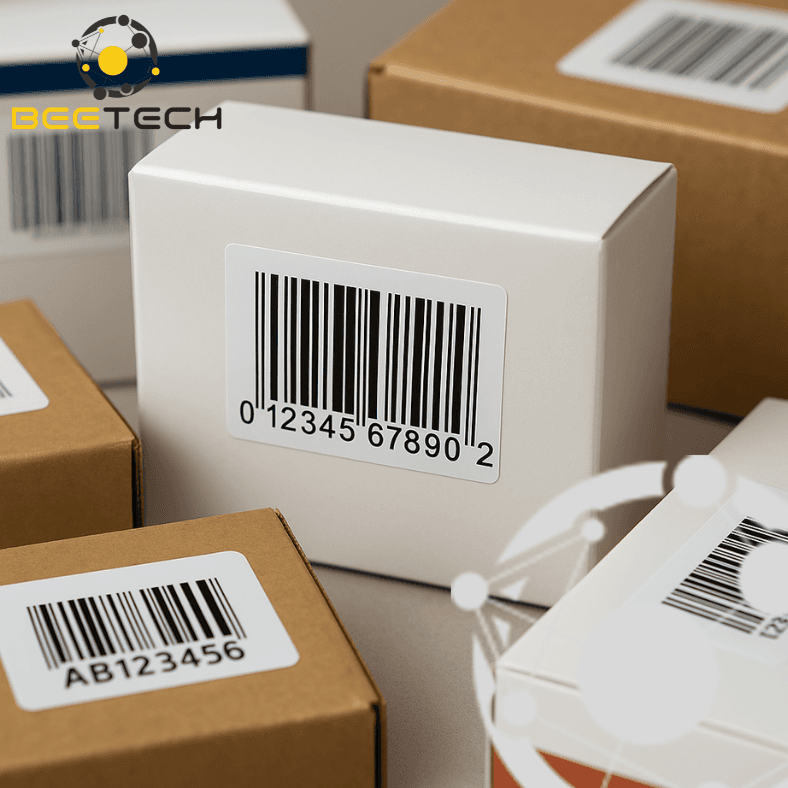
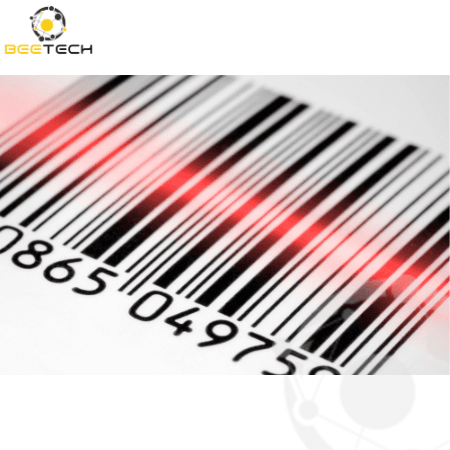
Barcode Technology in the Digital Age: Types, Advantages, Limitations, and How Businesses Can Choose the Right One
18/11/2025 04:12:49
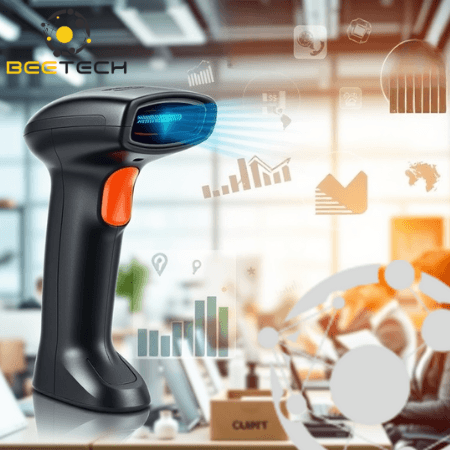
5 Barcode Secrets That Smart Businesses in Vietnam Are Using to Boost Logistics Efficiency
12/11/2025 08:00:46

GS1 US adopts 2D barcodes and intelligent data capture – Advancing toward a transparent and modern supply chain
07/11/2025 06:33:27

Barcode Technology: The Classic Tool Evolving for a Digital Supply Chain Era
06/11/2025 03:37:29
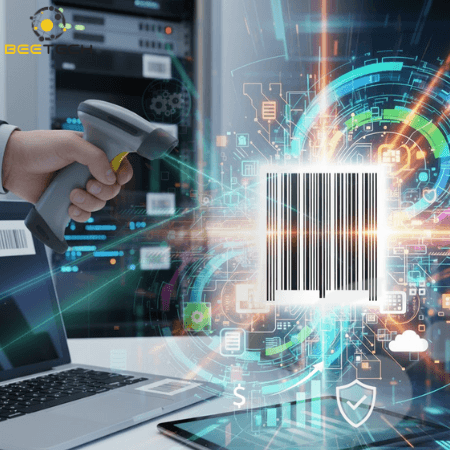
Barcode – An efficient and cost-effective asset management solution for modern businesses
05/11/2025 04:20:46

The future of barcode scanning technology: Key trends and practical applications in the digital era
31/10/2025 04:21:05